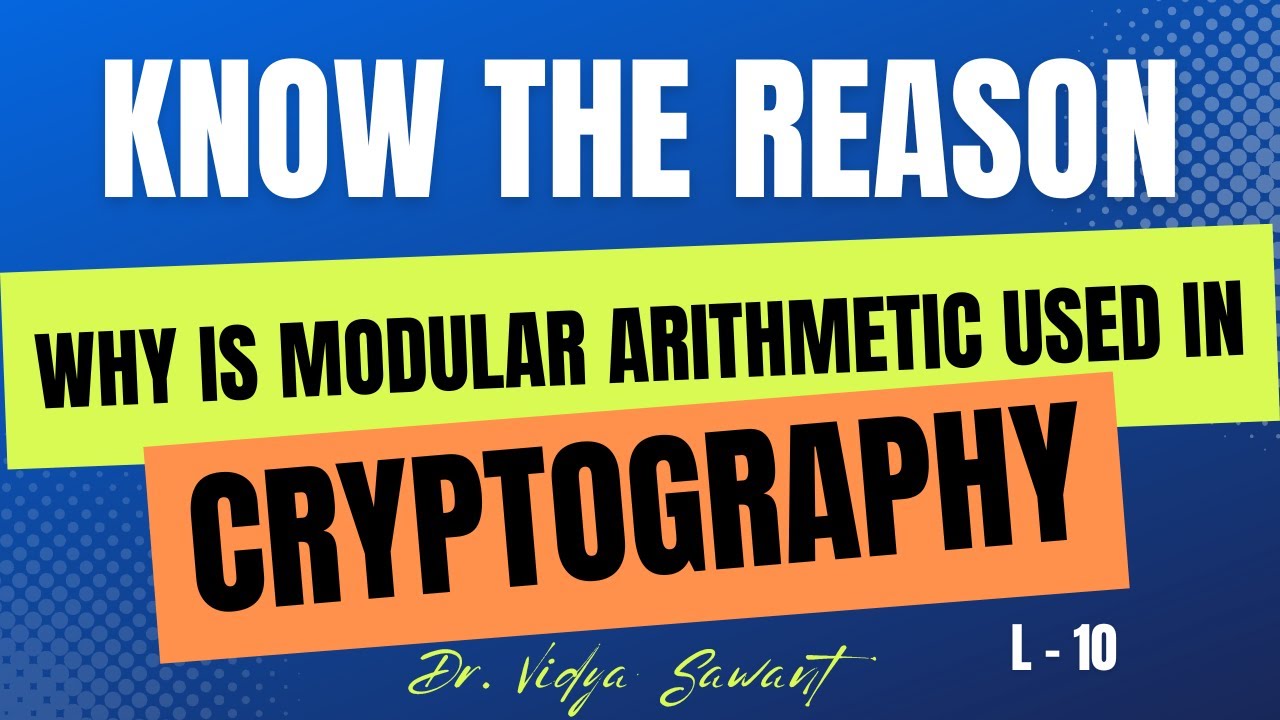Cryptography serves as one of the pillars of modern digital security, safeguarding a vast array of data from eavesdroppers and malicious actors. Among the various mathematical disciplines underpinning this field, modular arithmetic is often overshadowed yet remains quintessential. Delving into the intricacies of modular arithmetic unveils its pivotal role in cryptographic algorithms, illuminating why it deserves recognition as an unsung hero.
Modular arithmetic, sometimes called clock arithmetic, facilitates operations in which numbers wrap around upon reaching a certain value, known as the modulus. This property enables the computation of remainders, thereby laying the groundwork for numerous cryptographic systems. The significance of modular arithmetic manifests prominently in common algorithms such as RSA, Diffie-Hellman, and elliptic curve cryptography.
Understanding the Fundamentals of Modular Arithmetic
At its core, modular arithmetic operates on the principle that two integers are congruent modulo ( n ) if they yield the same remainder when divided by ( n ). For example, ( 7 equiv 3 mod 4 ) since both 7 and 3 share a remainder of 3 when divided by 4. This simplicity belies its profound implications.
Total abstraction can be further highlighted through equations. Addition, subtraction, and multiplication can all be performed under a modular system: If ( a, b, n ) are integers, then
- ( (a + b) mod n )
- ( (a – b) mod n )
- ( (a times b) mod n )
Understanding these operations is fundamental for cryptographers, as they will frequently manipulate numeric values to achieve desired outcomes under modular constraints.
The Role of Modular Arithmetic in Cryptographic Algorithms
To fathom the omnipresence of modular arithmetic in cryptography, one must explore its utilization across various algorithms. The RSA algorithm exemplifies a foundational cryptosystem that employs modular arithmetic extensively. Developed by Ron Rivest, Adi Shamir, and Leonard Adleman in 1977, RSA leverages the properties of large prime numbers, specifically through modular exponentiation.
During the encryption process, RSA employs public and private keys derived from two large primes. The encryption formula uses modular exponentiation of the plaintext message raised to the power of the public key modulo the product of the two primes. Conversely, decryption involves raising the ciphertext to the power of the private key modulo the same product. This reciprocal relationship ensures data confidentiality, secured through the computational complexity of determining the prime factors of large numbers.
Another prominent application of modular arithmetic is Diffie-Hellman key exchange. This pioneering method allows two parties to establish a shared secret over an unsecured communication channel. Utilizing modular exponentiation again, it relies on the difficulty of computing discrete logarithms within a finite field. By exchanging values calculated through a shared base number and a prime modulus, both parties can eventually derive a common secret key without disclosing it directly.
Moreover, elliptic curve cryptography (ECC) revolutionizes public-key mechanisms. ECC relies on algebraic structures of elliptic curves over finite fields, imparting efficiency with smaller key sizes compared to RSA. The algebraic properties of these curves hinge heavily on modular arithmetic, enabling secure key exchanges and digital signatures through operations defined in modular terms.
Benefits of Modular Arithmetic in Cryptography
The loquacious utility of modular arithmetic bestows numerous benefits upon cryptographic systems. Primarily, it mitigates the risk of overflow errors, a perilous affliction in numeric computing, by confining results within a predetermined range. This confinement is particularly advantageous in environments with limited computational resources.
Furthermore, the nature of modular arithmetic allows for what is known as homomorphic encryption, where operations can be performed on ciphertexts without requiring decryption. This capability posits significant implications for privacy-preserving computations, wherein sensitive data can remain encrypted even during processing.
Additionally, the structure of modular arithmetic fosters the development of resilient hash functions. Cryptographic hash functions, which convert plaintext into fixed-size outputs, utilize modular arithmetic to ensure that even the minutest change in input yields a substantial change in output, thus enhancing security against pre-image attacks.
Challenges and Limitations
Moreover, while modular operations are ostensibly simple, the underlying algorithms must be implemented with precision to prevent vulnerabilities. Small errors in key generation or implementation can introduce significant security risks, potentially compromising the entire cryptographic system.
The Future of Modular Arithmetic in Cryptography
In conclusion, modular arithmetic stands as a cornerstone of cryptographic algorithms that warrants acknowledgement. Its ability to facilitate secure data transactions, enable key exchange mechanisms, and contribute to the integrity of digital communications is unparalleled. While potential vulnerabilities lurk in the shadows of evolving technologies, the intrinsic value of modular arithmetic in ensuring secure digital landscapes is irrefutable. It is a testament to the profound impact of mathematical principles in the realm of cybersecurity, inviting us to recognize and celebrate its contributions as the unsung hero of cryptography.








Leave a Comment